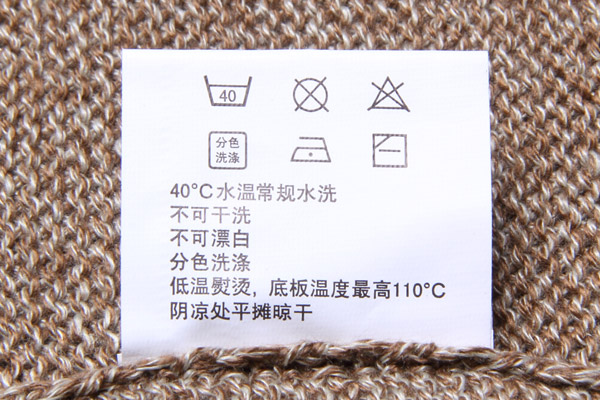Textile knowledge: the difference between preshrinking, water washing and sand washing

Everyone who is engaged in the fabric industry must have encountered this situation. Many customers find that the hand feeling is different from the original sample when they get the ready-made product. So why is it different? Usually it is because it has been pre-shrunk or washed or sand washed. So what is the difference between pre-shrinking, water washing and sand washing?
1. Pre-shrink
The finishing process that uses physical methods to reduce the shrinkage of fabrics after soaking in water to reduce shrinkage, is also called mechanical pre-shrinking finishing. Pre-shrinking mainly controls the warp shrinkage of the fabric. Before pre-shrinking, the warp shrinkage of the fabric is generally 7~8%. After pre-shrinking, the warp shrinkage of the fabric is generally required to reach the national standard of 3% or the American standard of 3%. Due to different drying methods, the American standard requirements are relatively high. 3% of the American standard is equivalent to 1% of the national standard.
2. Washing
Water washing is to add softener or detergent to the water and directly give the fabric water. Depending on the cleaning time and the amount of softener, it is generally divided into light general washing, general washing and heavy general washing. The effect after washing is that the fabric will become particularly soft and tactile, and there will be an illusion that the fabric has become thicker.
3. Sand washing
The process of sand washing is actually similar to that of water washing, but the things added are different. Generally, alkaline or oxidizing additives are added, and of course some softeners are also added in appropriate amounts. The purpose of adding alkaline additives is to destroy the structure of the fabric surface and make the fabric feel softer after sand washing. Then the surface of the fabric will have some fluff and a light layer of white mist. Therefore, after sand washing, the fabric will become softer and velvety, and the fabric will have the illusion of being thicker. However, such fabrics are easy to split and may break with a slight pull. We generally do not recommend thin fabrics. Sand wash.
AAAGHRTYJYITLUY
Disclaimer:
Disclaimer: Some of the texts, pictures, audios, and videos of some articles published on this site are from the Internet and do not represent the views of this site. The copyrights belong to the original authors. If you find that the information reproduced on this website infringes upon your rights, please contact us and we will change or delete it as soon as possible.
AA







